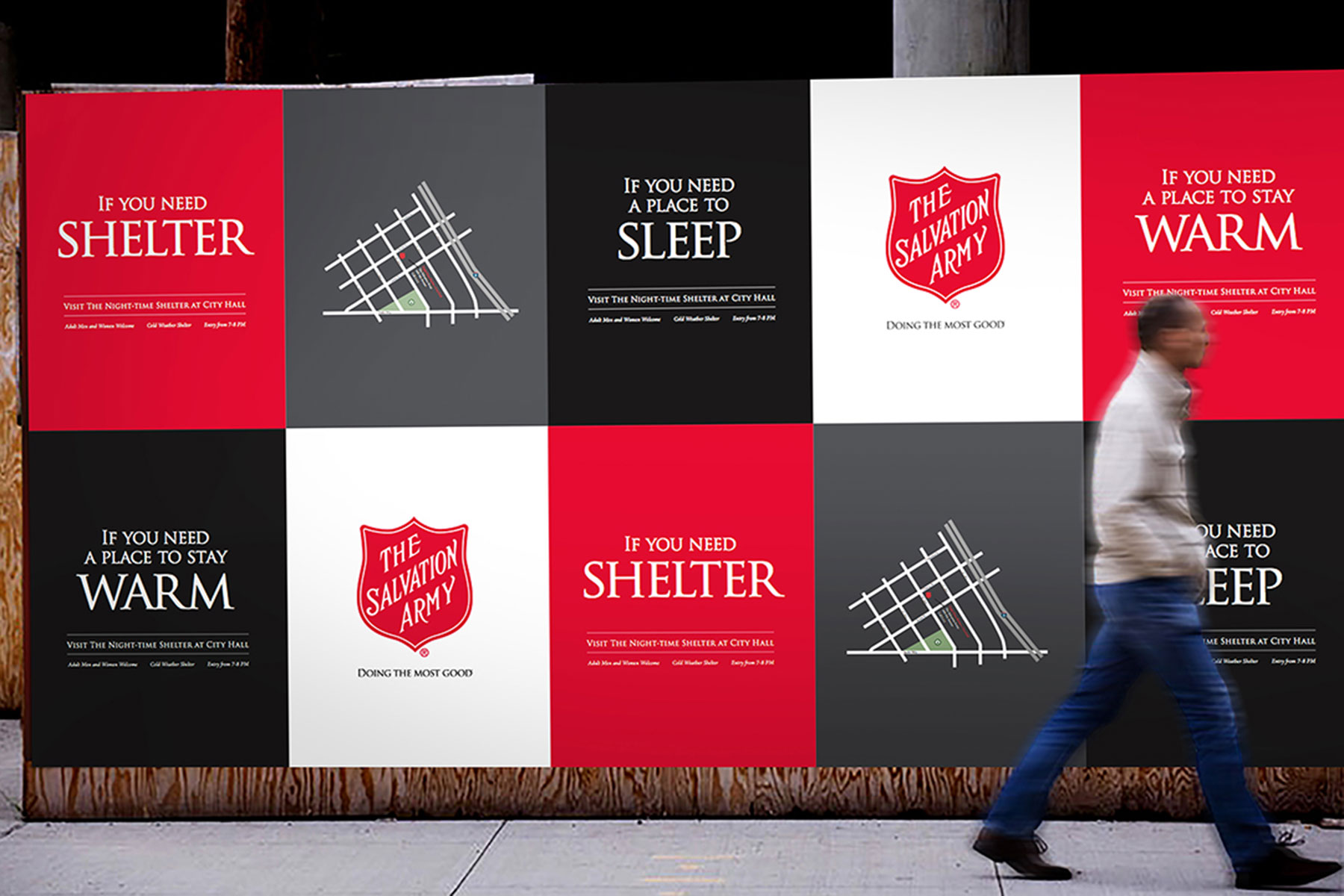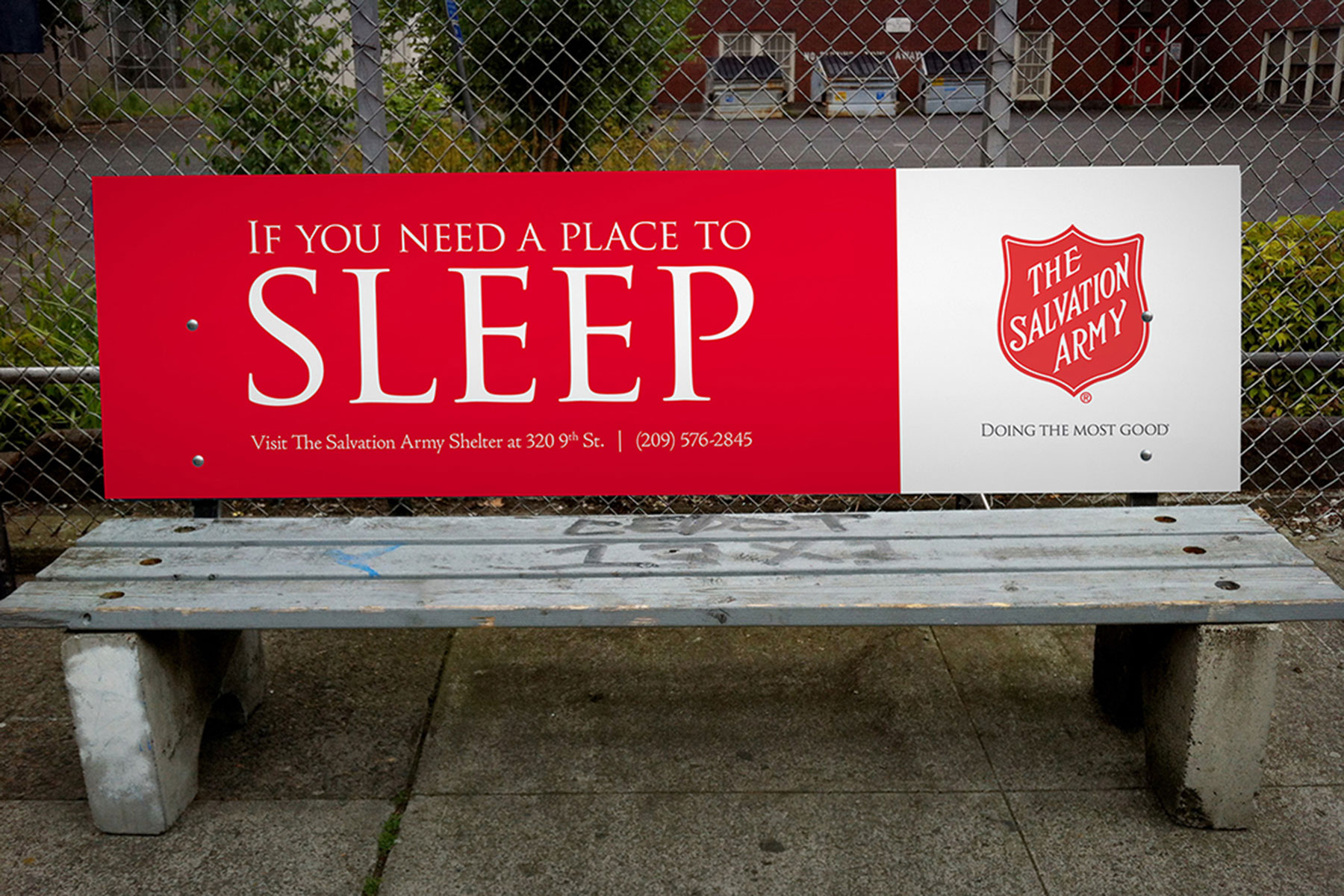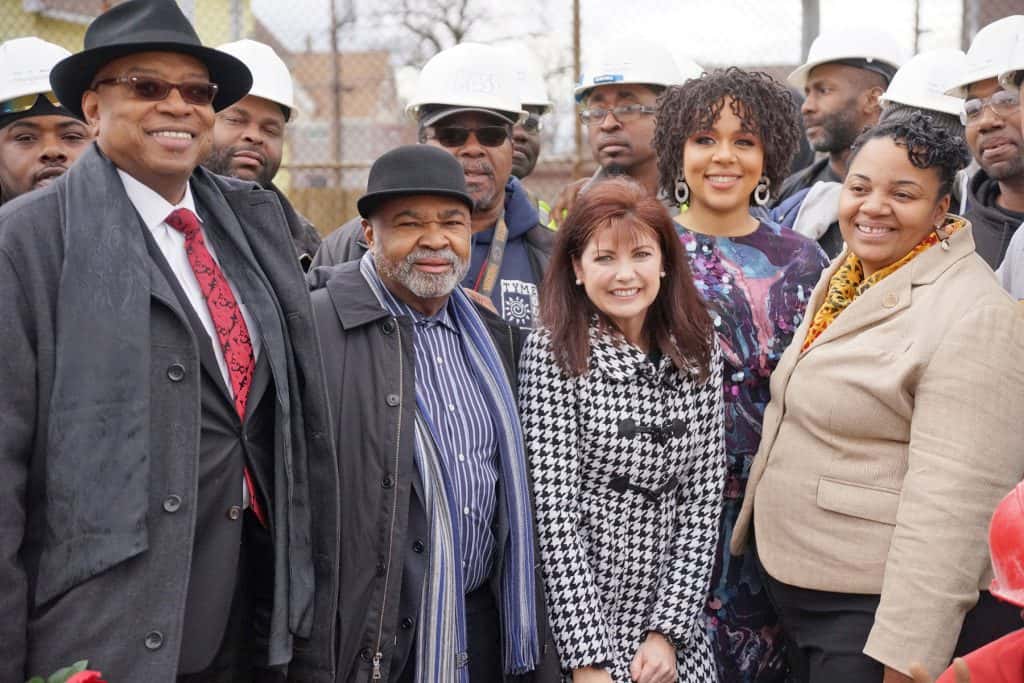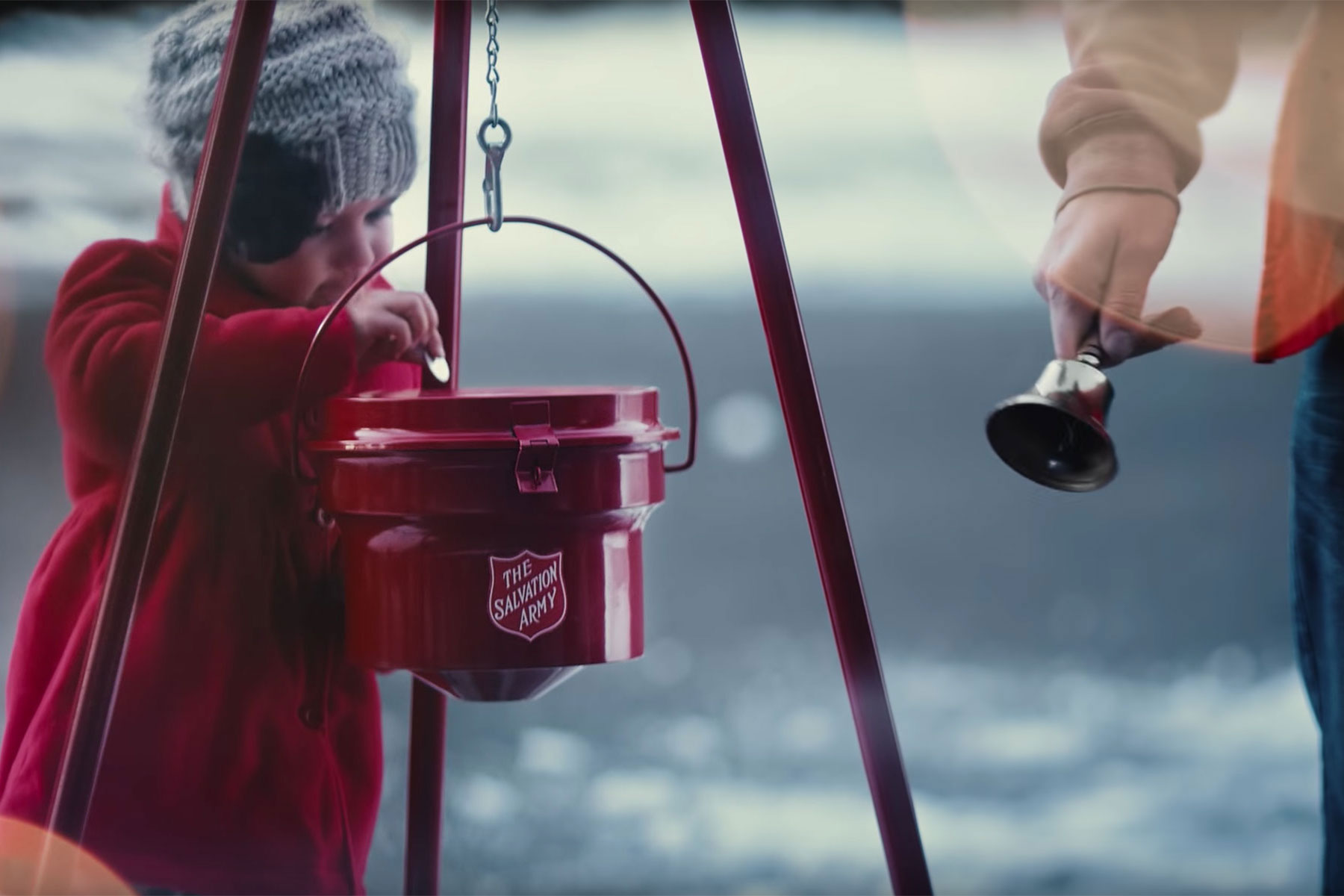
This time of year is critical to The Salvation Army’s fundraising, because 35% of the income for the year is raised in November and December.
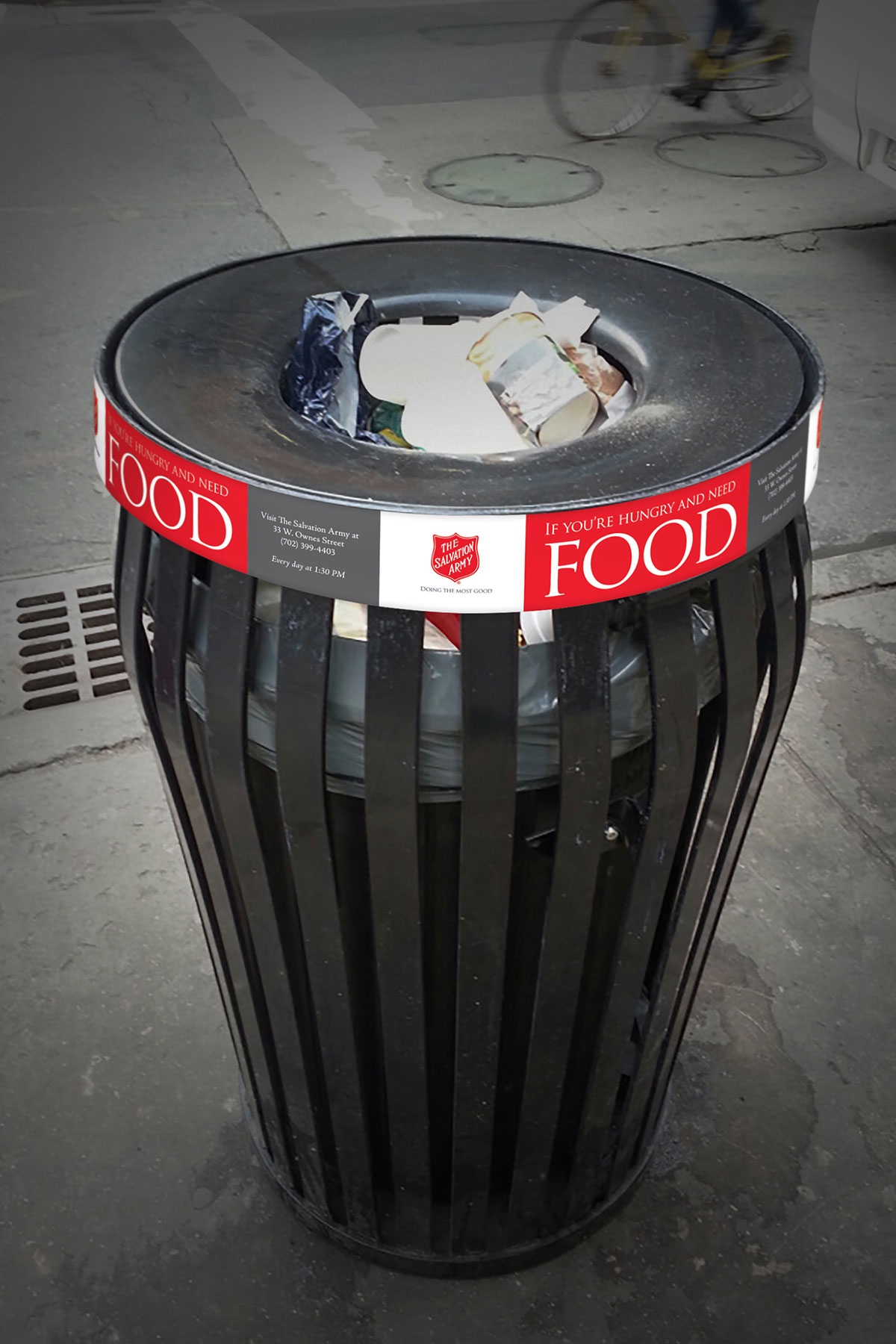
The Red Kettle goal for this Christmas is $4 million and current donations total $1,805,835. This Christmas season has been very challenging.
“Heavy snow followed by debilitating cold to be followed by more heavy snow is causing us to fall behind. Our bell ringers just cannot risk being out in the severe cold. Kettle contributors are rushing past the kettle to reach the warmth inside the stores. There are only seven bell ringing days left until Christmas,” said Major Steve Merritt, Division Commander for The Salvation Army in Wisconsin and Upper Michigan.
Another critical lynchpin of fundraising for The Salvation Army is the mail campaign.
The firm who handles this has mailed several campaigns weeks late meaning some donors are receiving two campaigns in one week and some may be missing their letter altogether.
“If we don’t meet our Red Kettle goal, it could result in cutting programs and services. We would not be able to help vulnerable men, women and children in great need. That would be tragic,” continued Major Merritt.
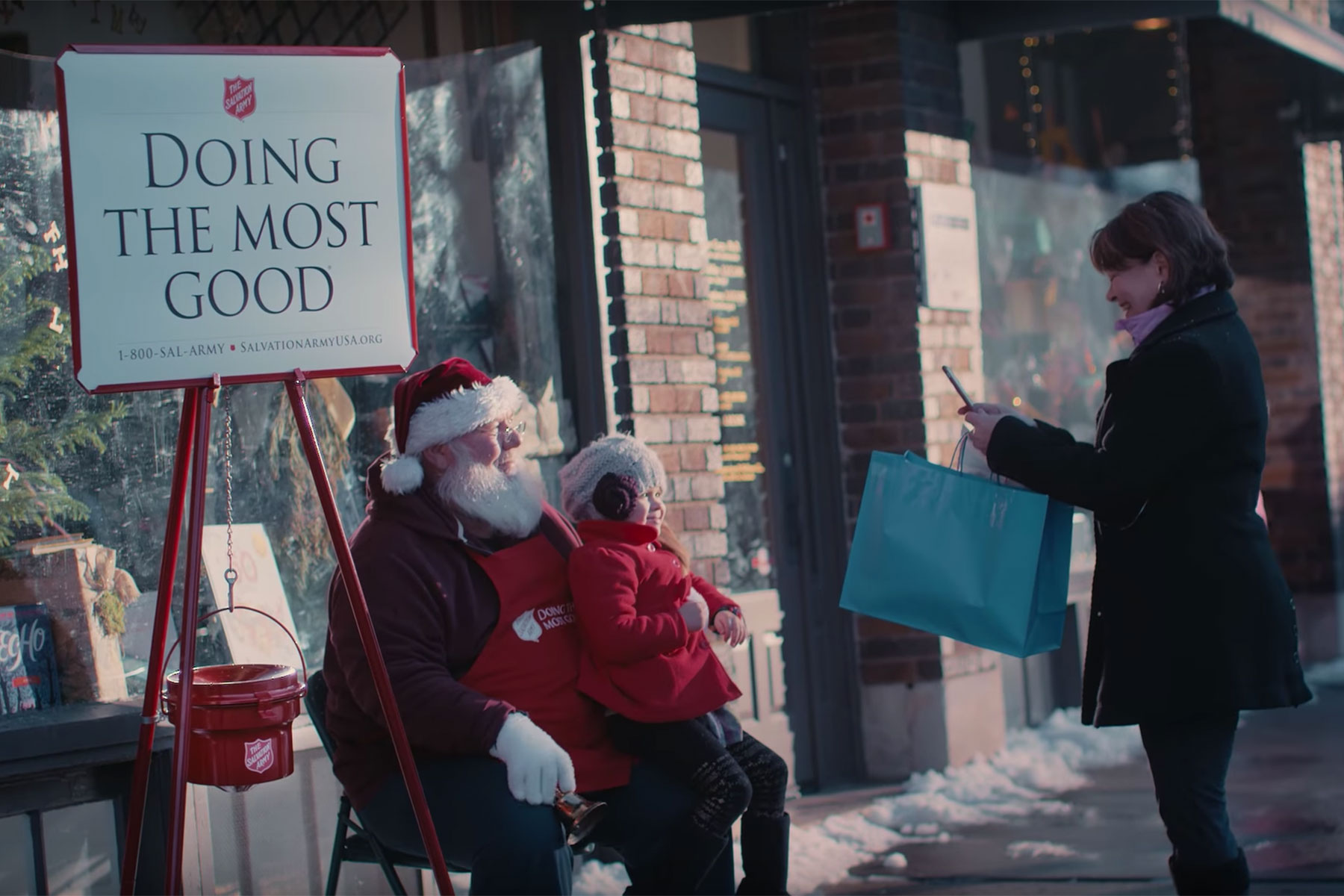
How You Can Help
- By Mail, send in a check
The Salvation Army
11315 W. Watertown Plank Road
Wauwatosa, WI 53226 - By Mail, Send in your gift using your mail appeal envelope
- Text “CASH” to 41444
- Make the best gift you can in any kettle
- Donate online at www.SAmilwaukee.org
Red Kettle History
In 1891, Salvation Army Captain Joseph McFee was distraught because so many poor individuals in San Francisco were going hungry. During the holiday season, he resolved to provide a free Christmas dinner for the destitute and poverty-stricken. He only had one major hurdle to overcome — funding the project.
Where would the money come from, he wondered. He lay awake nights, worrying, thinking, praying about how he could find the funds to fulfill his commitment of feeding 1,000 of the city’s poorest individuals on Christmas Day. As he pondered the issue, his thoughts drifted back to his sailor days in Liverpool, England. He remembered how at Stage Landing, where the boats came in, there was a large, iron kettle called “Simpson’s Pot” into which passers-by tossed a coin or two to help the poor.
The next day Captain McFee placed a similar pot at the Oakland Ferry Landing at the foot of Market Street. Beside the pot, he placed a sign that read, “Keep the Pot Boiling.” He soon had the money to see that the needy people were properly fed at Christmas.
Six years later, the kettle idea spread from the west coast to the Boston area. That year, the combined effort nationwide resulted in 150,000 Christmas dinners for the needy. In 1901, kettle contributions in New York City provided funds for the first mammoth sit-down dinner in Madison Square Garden, a custom that continued for many years. Today in the U.S., The Salvation Army assists more than four-and-a-half million people during the Thanksgiving and Christmas time periods.
Captain McFee’s kettle idea launched a tradition that has spread not only throughout the United States, but all across the world. Kettles are now used in such distant lands as Korea, Japan, Chile and many European countries. Everywhere, public contributions to Salvation Army kettles enable the organization to continue its year-round efforts at helping those who would otherwise be forgotten.
The Salvation Army
The Salvation Army, an evangelical part of the universal Christian church, has been supporting those in need in His name without discrimination since 1865. Nearly 33 million Americans receive assistance from The Salvation Army each year through the broadest array of social services that range from providing food for the hungry, relief for disaster victims, assistance for the disabled, outreach to the elderly and ill, clothing and shelter to the homeless and opportunities for underprivileged children. The Salvation Army tracks the level of need across the country with the Human Needs Index. Locally, 88 cents of every dollar raised is used to support programs and services in Milwaukee County.

